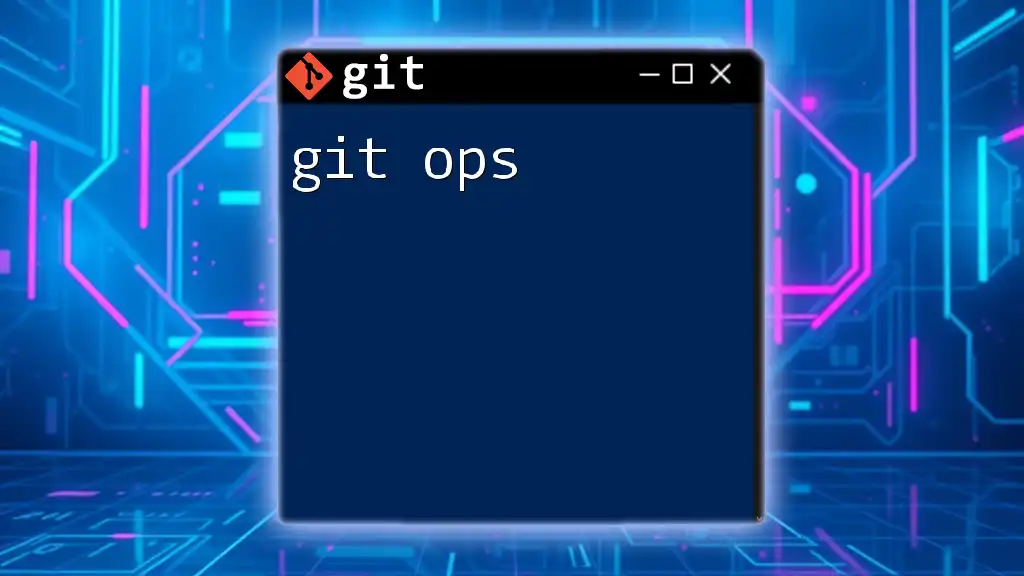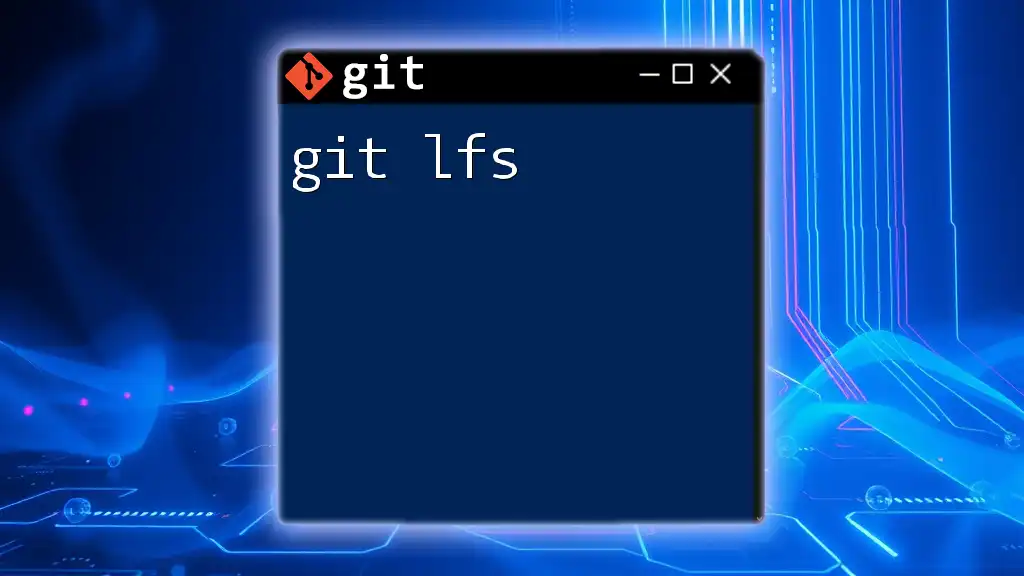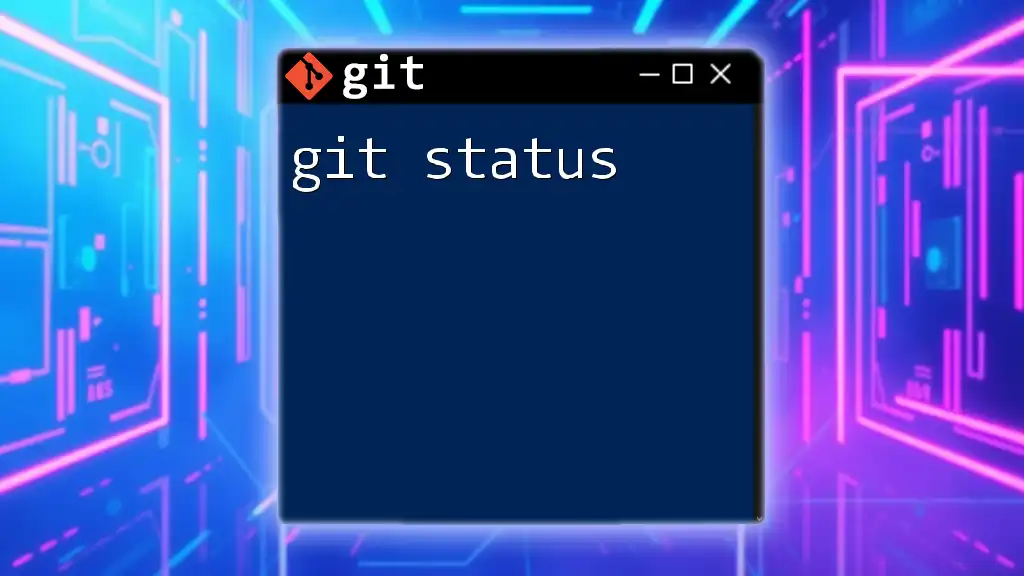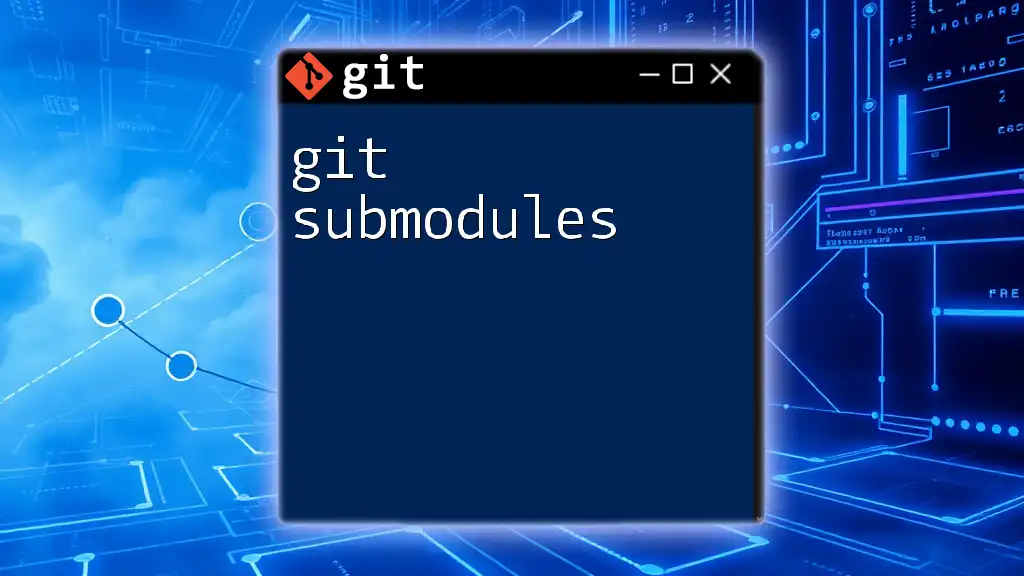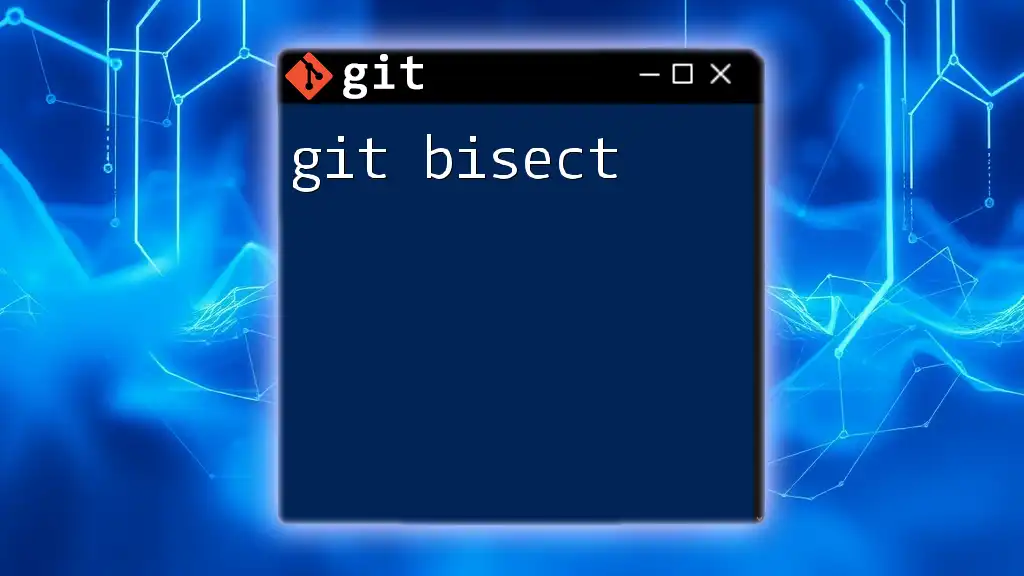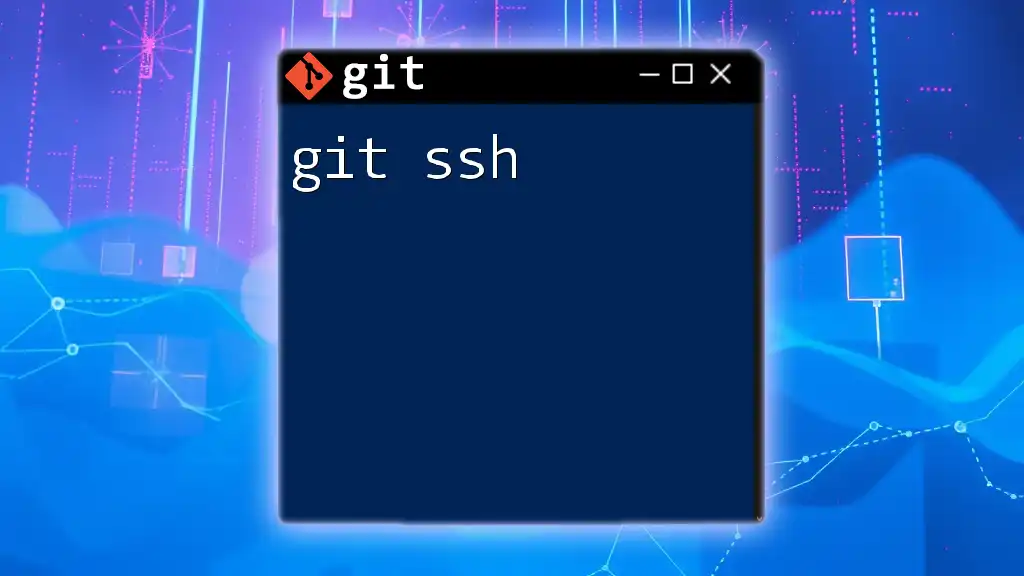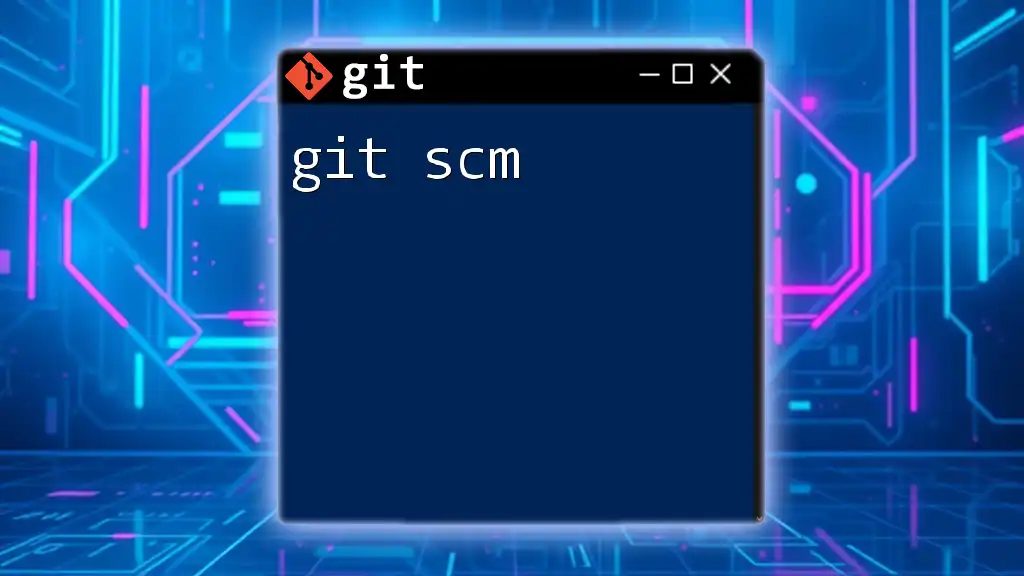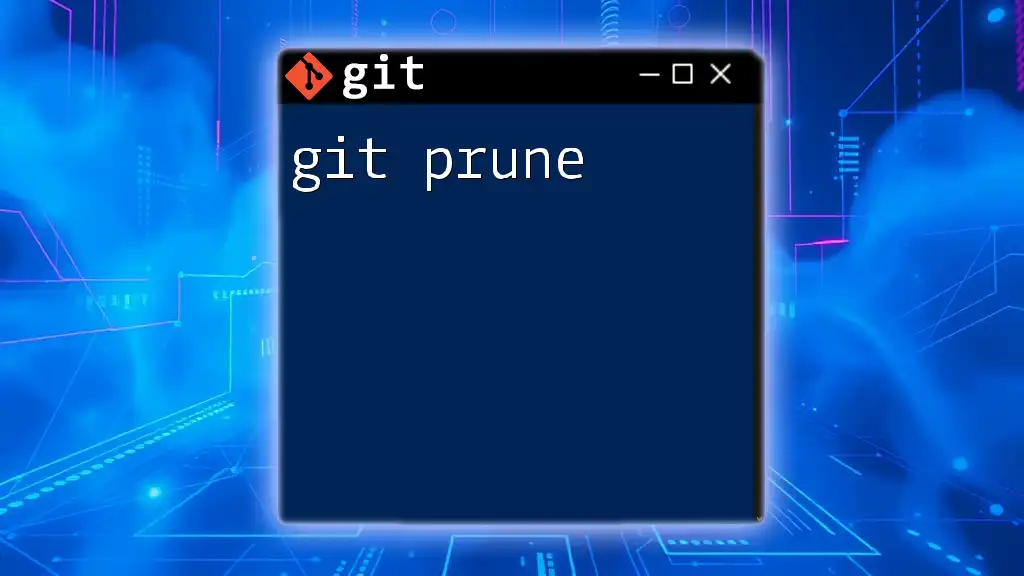GitOps is a modern approach to continuous delivery and infrastructure management where Git is used as the single source of truth for declarative infrastructure and applications.
Here's a simple command to clone a Git repository:
git clone https://github.com/username/repository.git
What is GitOps?
GitOps is a modern approach to managing infrastructure and application deployments using Git as the single source of truth. It leverages the principles of Infrastructure as Code (IaC) and Continuous Delivery, emphasizing declarative configurations stored in Git repositories. By adopting GitOps, organizations can automate deployment processes while ensuring consistency, audibility, and collaboration within their development workflows.
Benefits of adopting GitOps
Implementing GitOps offers numerous advantages that align with today’s rapid software delivery demands:
-
Improved Automation: By automating deployment and infrastructure provisioning through Git, teams can minimize manual interventions, leading to faster deployments and reduced errors.
-
Better Collaboration and Transparency: With all configurations stored in Git, team members can easily review changes, leading to enhanced collaboration and transparency throughout the development cycle.
-
Version Control for Infrastructure: GitOps allows for comprehensive version control, giving teams an ability to track changes, revert to previous states, and maintain a complete history of their infrastructure's evolution.
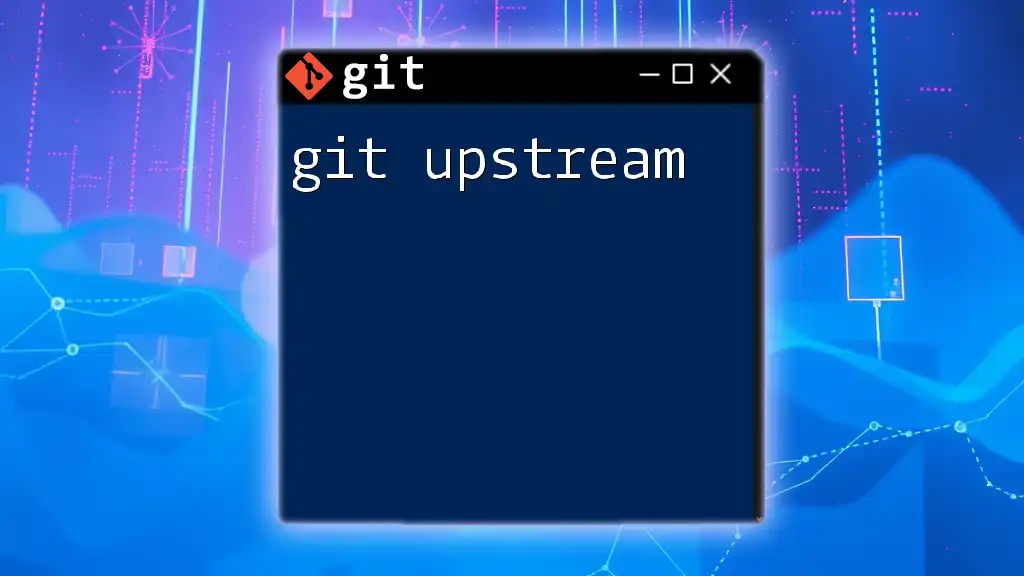
Understanding the Basics of Git
Before diving deeper into GitOps, it’s essential to have a foundational understanding of Git itself. Git is a distributed version control system that allows developers to manage changes to their codebase efficiently.
Key Git concepts
-
Repositories: Git organizes your project in repositories (repos). Each repository contains all project files, including subdirectories, history, and commit data.
-
Commits: A commit represents a snapshot of your changes, complete with a unique identifier and metadata about the changes made.
-
Branches: Branches enable multiple workflows in a repository, allowing teams to work on different features or fixes in parallel.
Essential Git commands for GitOps
A solid grasp of core Git commands is essential for effectively implementing GitOps. Here are some vital commands:
- git clone
git clone https://github.com/example/repo.git
This command copies an existing Git repository to your local machine. Cloning enables you to work on the project within your environment.
- git status
git status
Running this command gives an overview of the changes in your working directory and staging area. It highlights untracked files, changes to be committed, and files that are not staged.
- git commit
git commit -m "Initial commit"
The `git commit` command is used to save your changes to the repository. It’s crucial to write clear and meaningful commit messages, as they help team members understand the history of changes in GitOps workflows.
- git push
git push origin main
This command uploads your local commits to a remote repository. It ensures that the latest changes are reflected in the shared repository, aligning with GitOps' principles.
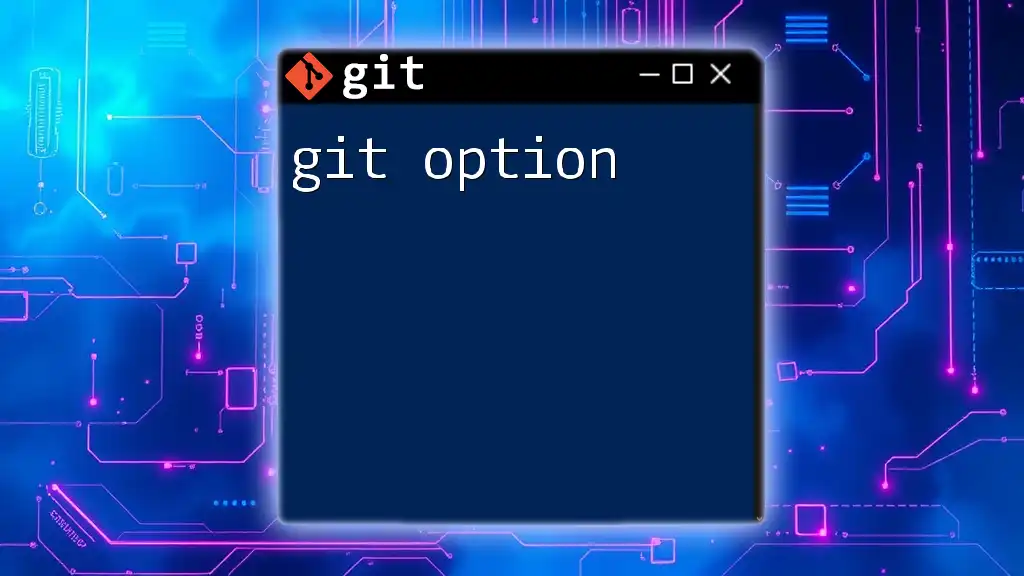
Key Components of GitOps
To effectively employ GitOps, it’s vital to understand its key components:
Embracing Infrastructure as Code (IaC)
Infrastructure as Code (IaC) is a fundamental concept within GitOps, allowing infrastructure provisioning and management to be defined through code. This method ensures that infrastructure changes are as traceable and manageable as application code. Popular tools that facilitate IaC include Terraform and Ansible.
Continuous Delivery and Deployment
Continuous Delivery (CD) refers to the ability to deploy software changes to production quickly and safely. Continuous Deployment takes this a step further by automating the process entirely. GitOps enables both practices by maintaining the application's desired state in a Git repository and automating deployments based on changes in the repository.
Observability and Monitoring
Observability is essential for maintaining healthy systems. In GitOps, monitoring plays a critical role in understanding the state of your deployment. Tools such as Prometheus and Grafana help in visualizing data and generating alerts for changes or issues, ensuring your infrastructure runs smoothly.
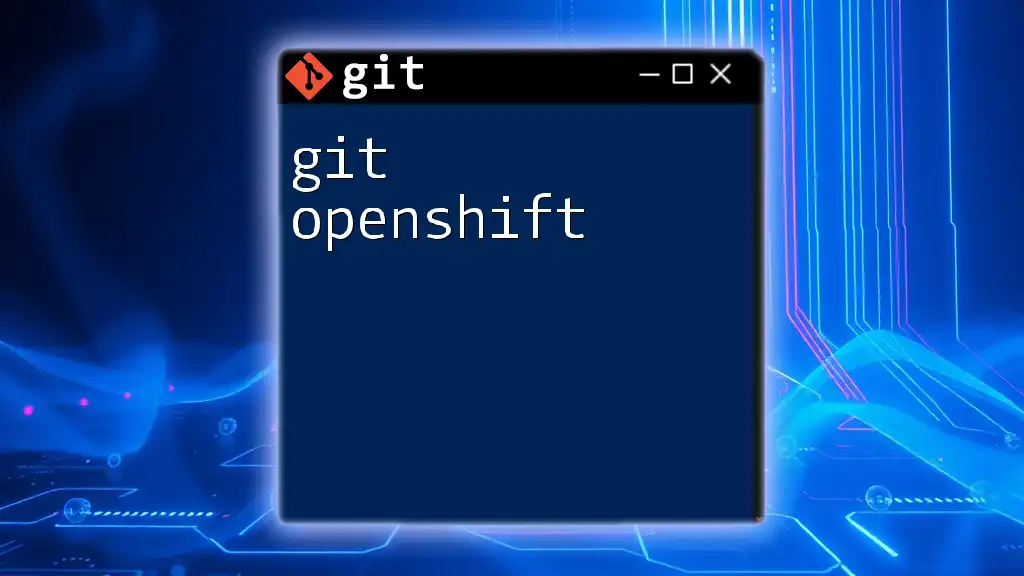
Implementing GitOps
Implementing GitOps involves several steps and components. Here’s a closer look:
Setting up a GitOps workflow
A typical GitOps flow involves defining your desired system state in a Git repository, automatic validation of changes, and continuous deployment based on those changes.
Example of a GitOps pipeline
- Define Desired State: Store all configurations and desired states of your application in a Git repository.
- Monitor Changes: Use a tool to monitor the repository for changes.
- Automate Deployment: Upon detecting changes, the tool automatically applies those configurations to your infrastructure.
Tools and Technologies
Several tools have emerged to support GitOps workflows:
- ArgoCD
ArgoCD is a declarative GitOps continuous delivery tool for Kubernetes. It enables developers to manage applications in Kubernetes efficiently.
Basic installation and usage
To install ArgoCD, you can use the following command:
kubectl create namespace argocd
kubectl apply -n argocd -f https://raw.githubusercontent.com/argoproj/argo-cd/master/manifests/install.yaml
Once installed, you can synchronize your applications and manage deployments directly from a Git repository.
- FluxCD
FluxCD is also a GitOps operator for Kubernetes, focusing on simplicity and automating deployments based on Git changes.
Sample configuration file example
A basic GitOps setup with FluxCD involves a configuration file like below:
apiVersion: gitops.fluxcd.io/v1alpha1
kind: GitRepository
metadata:
name: my-app
namespace: gitops
spec:
url: ssh://git@github.com/user/repo.git
interval: 1m
Integrating GitOps with CI/CD
Combining GitOps with Continuous Integration/Continuous Delivery (CI/CD) practices enhances the efficiency of your deployment processes.
-
Merge CI with GitOps: For instance, your CI pipeline can run tests on your code, and once the tests pass, it can merge changes into the main branch of your Git repository.
-
Example workflow diagram: Visualizing this process can help teams better understand the interaction between CI/CD and GitOps in practice.
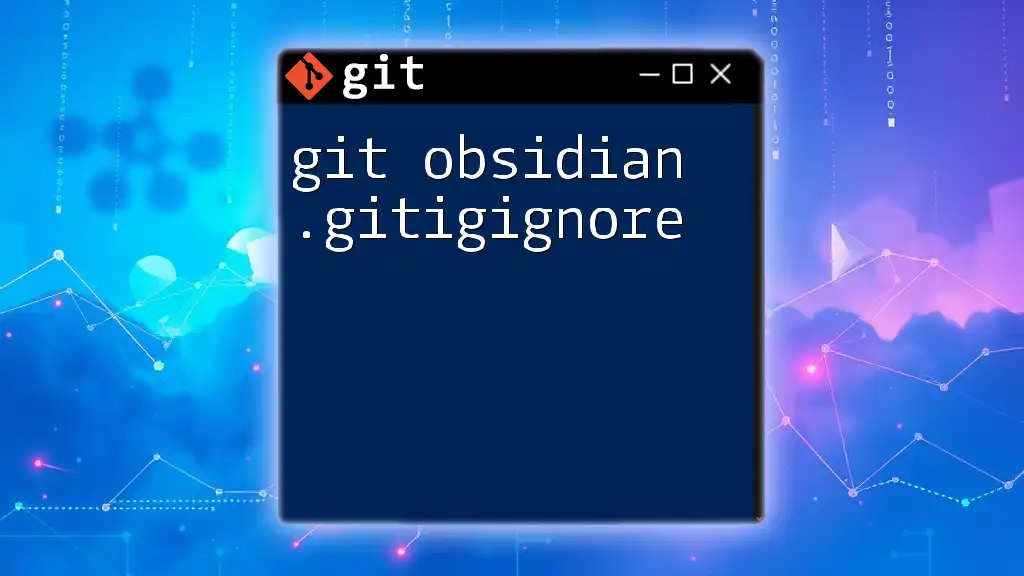
Best Practices for GitOps
To maximize the benefits of GitOps, consider the following best practices:
Keeping your repositories organized
Structure your Git repositories effectively that align with different environments—development, staging, and production. This organization streamlines changes and reduces the risk of deploying configurations to the wrong environment.
Managing secrets and configurations
Handling sensitive data properly is critical in GitOps. Use tools such as GitHub Secrets or HashiCorp Vault to manage secrets securely while keeping configurations dynamic and versioned.
Regularly updating and maintaining GitOps
Consistent updates and maintenance of your GitOps practices are essential for ensuring system reliability. Regular reviews of infrastructure configurations allow for proactive management of potential issues.
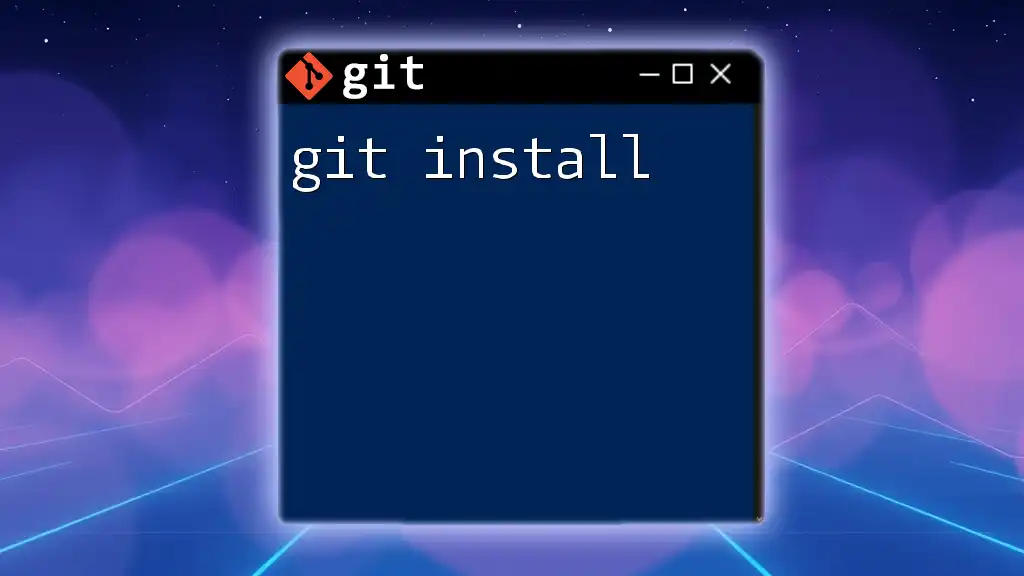
Challenges and Considerations
While GitOps can significantly enhance deployment processes, organizations may encounter challenges:
Common challenges in implementing GitOps
-
Cultural Shift: Transitioning to a GitOps mindset may require teams to alter their workflows significantly. Encouraging a cultural shift towards treating infrastructure with the same importance as application code is vital.
-
Tooling Complexity: The complexity of navigating various tools can be daunting. Select tools that best fit your team's needs while considering integration capabilities.
Mitigating risks while adopting GitOps
To ensure a successful GitOps adoption, organizations can implement strategies like automated testing of changes, establishing rollback policies, and including monitoring as an integral part of the deployment process.
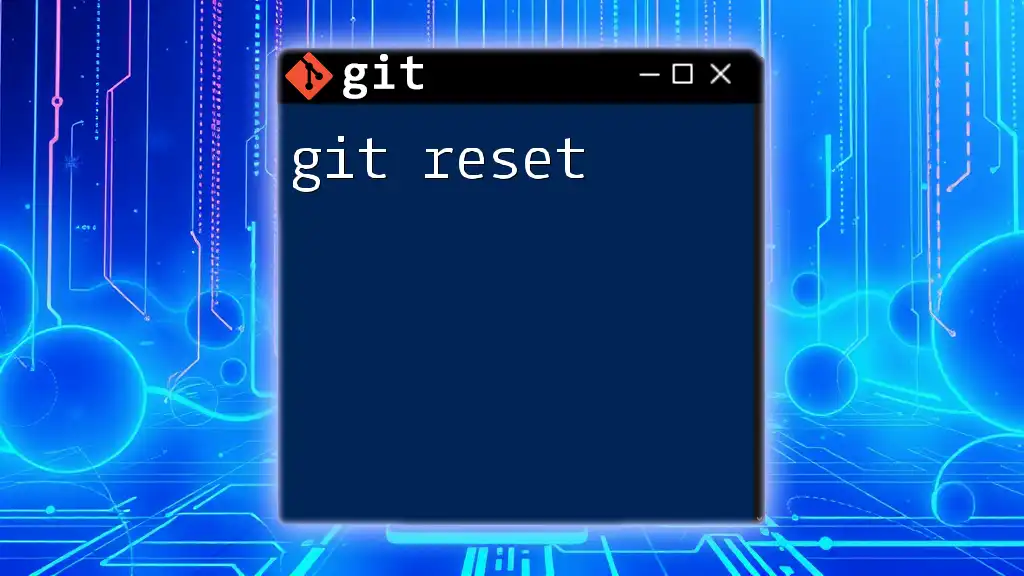
Conclusion
In summary, embracing GitOps can transform your deployment pipelines by creating more automated, efficient, and transparent workflows. As the landscape of software development continues to evolve, GitOps provides a forward-thinking approach to manage infrastructure and application states effectively. Encourage your team to explore and implement GitOps practices, fostering a culture of continuous improvement and collaboration.
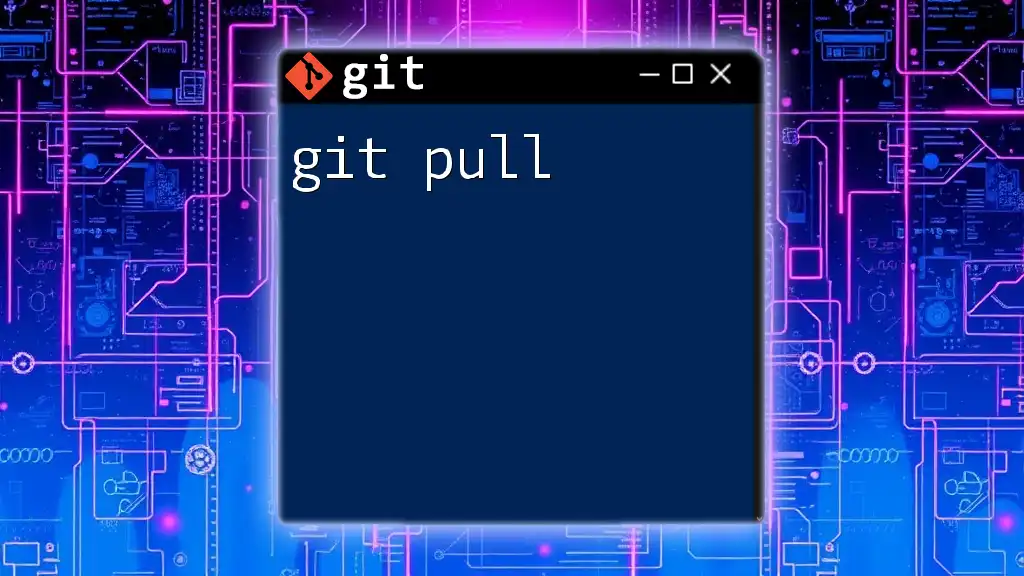
Resources and Further Reading
For those looking to further explore GitOps, consider delving into recommended books, articles, and video tutorials on the subject. Additionally, referring to official documentation for tools like ArgoCD and FluxCD will provide valuable insights and best practices to ensure successful implementation.

